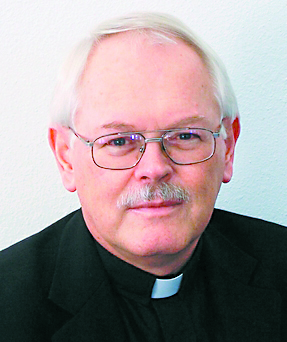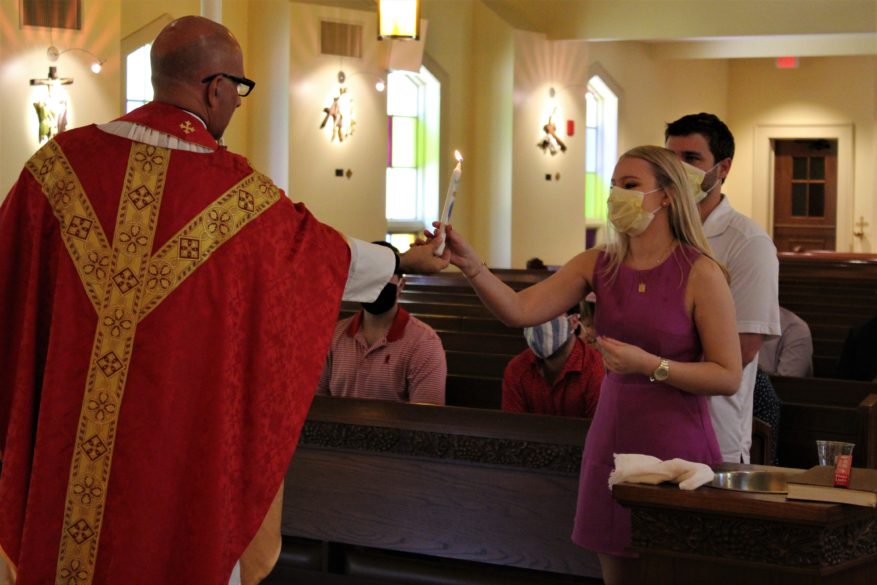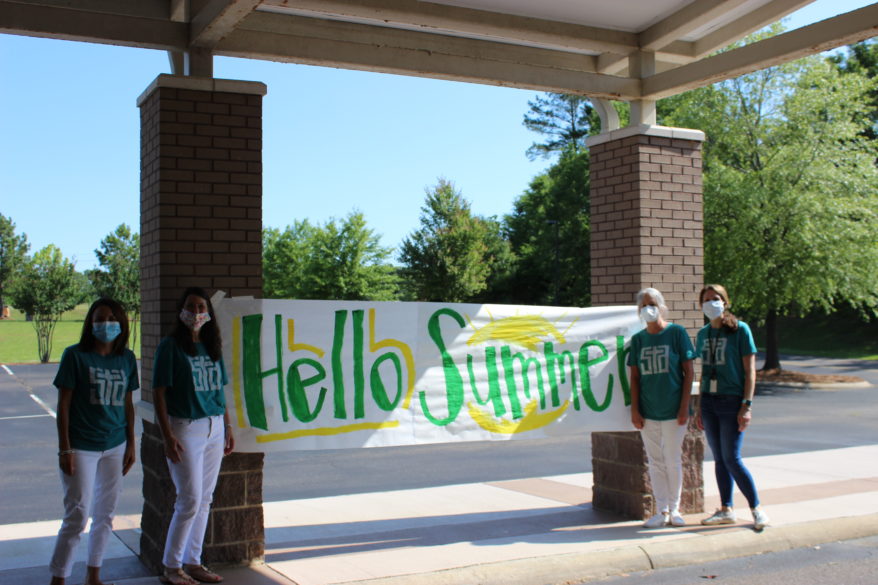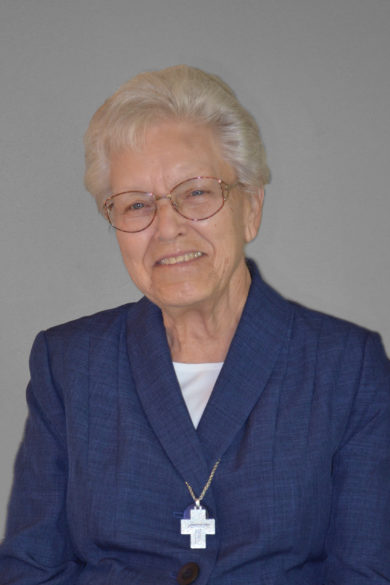Three months ago, as we started down the road of quarantine and shelter-in-place, I dusted off my old road bike, which actually was a hand-me-down from Msgr. Elvin Sunds by way of Father Matthew Simmons, and I started spending many late afternoons on the Natchez Trace. As I rode I had time to think and to dream. I believe that we can create a culture of vocations and we can call forth men and women who are feeling called to religious life from our communities, and we should do it now because they are waiting for us. They are waiting for someone to encourage them, someone to inspire them, someone to simply mention to them that they should be considering what their call from the Lord is. A culture of vocations is born from a culture of encounter.
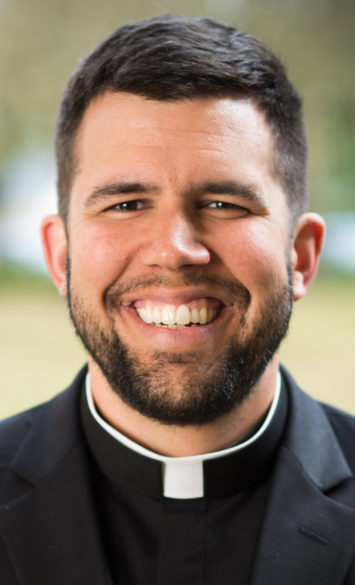
So back to the bike. I would spend those evenings riding and thinking about how incredible the Natchez Trace is. It connects the people and parishes of our diocese in a way that is unique. Its beauty is transcendent and leads one to ponder big ideas and big dreams, and its name calls to mind our origins as a diocese. I found myself wanting to see more of it, explore more of it, and explore our diocese in the process. And of course as full-time Vocation Director I want to build a culture of vocations in all parts of the state.
And that is how the Tour de Priest was born.
Starting in Tupelo on Saturday, July 11 at St. James Tupelo, I will begin touring the diocese and visiting parishes as I ride the Trace from Tupelo to Natchez. I plan on stopping in places like Starkville, Kosciusko, Jackson and Port Gibson along the way. I am still working out the logistics of each stop, but even if you can’t meet me out on the road you will be able to follow the ride via our @jacksonpriests Facebook and Instagram feeds. Each day I will post updates with interesting sights and sounds, and I will be introducing you to our seminarians and young priests who I will meet along the way.
This Tour will also build awareness for our Homegrown Harvest Gala and Fundraiser benefiting seminary education. The Gala is on October 9, so save the date, but you can contribute to our Seminarian Education Trust now through the “Givelify” app. Just download the app, search for the Diocese of Jackson, tap “Tour de Priest,” and give as generously as you can! The dividends we earn from the trust offset tuition costs each year, so the healthier the trust, the more seminarians we can support! Right now we have seven seminarians studying for our diocese, four of whom entered diocesan formation this year alone, that is awesome, but there is more good work to be done!
I am so excited to begin this journey, and I hope that this Tour is a fun way to get everyone fired up about creating a culture of vocations in every corner of this big ole diocese. Every city on this tour has a story, what if every city on this tour brought forth a seminarian or a religious novice? It could happen! God will provide, but we have to pray … and ask!

